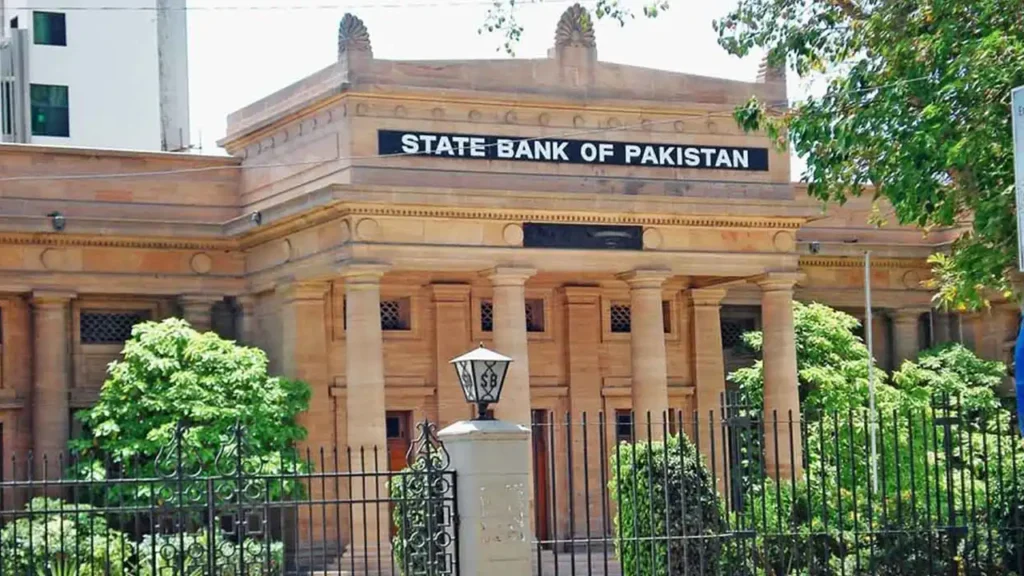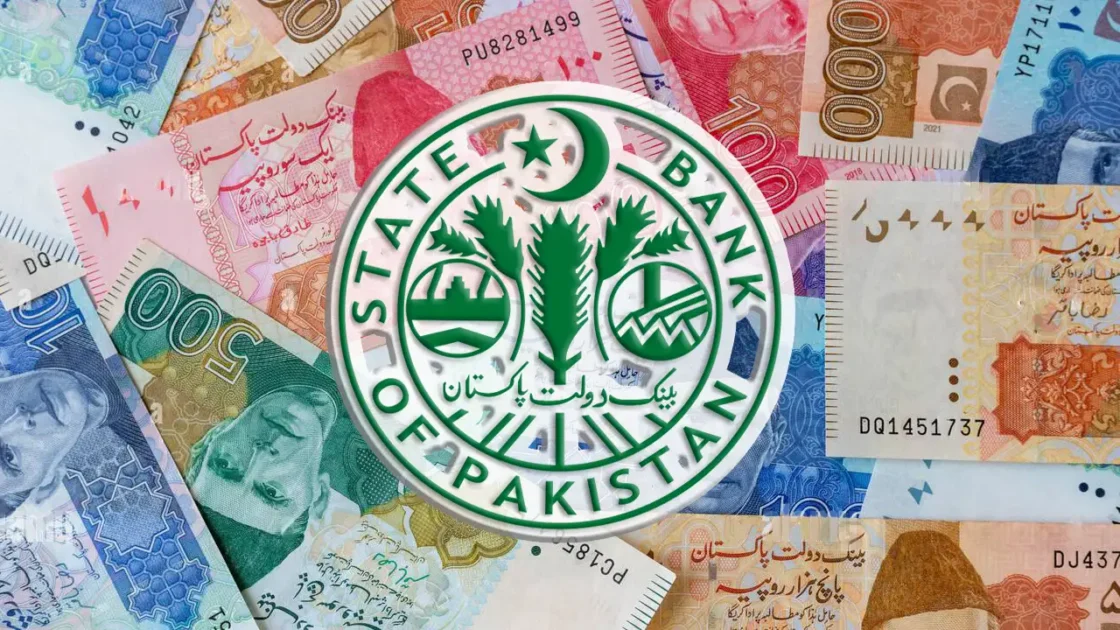- Farhan Bokhari
- 9 Minutes ago

SBP likely to pause rate cuts
-
- Web Desk
- May 02, 2025

KARACHI: The State Bank of Pakistan is widely expected to keep its benchmark interest rate unchanged at 12 per cent on Monday, as policymakers weigh persistent inflation risks, ongoing geopolitical uncertainty, and an upcoming review of the country’s IMF loan programme.
A Reuters survey of 14 analysts and investors found that nine anticipate no change at the May 6 meeting. The remaining five were split, with three expecting a 50 basis-point cut and two forecasting a full percentage-point reduction.
The central bank has slashed the policy rate by 1,000 basis points since June 2023—down from a record 22 per cent—as inflation pressures eased. But it unexpectedly paused its easing cycle at the March meeting, citing risks from global trade developments and potential price increases, including those linked to higher US tariffs.
Analysts say the central bank is likely to remain cautious in the short term. “Given the upcoming IMF review, still-sticky core inflation, and a fragile trade environment, the SBP may prefer to hold for now,” said Ahmad Mobeen, senior economist at S&P Global Market Intelligence.
Since a security incident on April 23, the risk premium on Pakistani debt has widened significantly. The spread between Pakistan’s bonds and US Treasuries has jumped nearly 200 basis points, crossing 850 basis points—reflecting a sharp increase in the country’s borrowing costs.
The IMF is scheduled to review Pakistan’s $7 billion bailout programme on May 9, which will determine the release of a pending $1 billion tranche. Discussions are also expected on a new $1.3 billion loan aimed at climate resilience.
Inflation data has shown some relief. Consumer prices rose just 0.7 per cent in March, the lowest monthly increase in nearly 10 years. The Ministry of Finance estimates April inflation will range between 1.5 per cent and 2 per cent. The central bank expects average inflation to fall between 5.5 per cent and 7.5 per cent for the current fiscal year ending in June.
While further monetary easing is expected later this year to spur growth, economists say the timing depends heavily on external funding and reserve levels. Foreign exchange reserves currently stand at around $10.5 billion—enough to cover less than two months of imports. The SBP has set a target of $14 billion by June.
“A measured cut could support recovery without jeopardising stability,” said Sana Tawfik, head of research at Arif Habib Ltd. “But the central bank needs to be confident that its external position is strong enough to resume easing.”
Amreen Soorani, head of research at Al Meezan Investments, said a buffer in reserves is essential before the SBP can move ahead with deeper rate cuts.
Read next: Shell Q1 earnings drop to $5.58bn, maintains buybacks despite oil price slump






